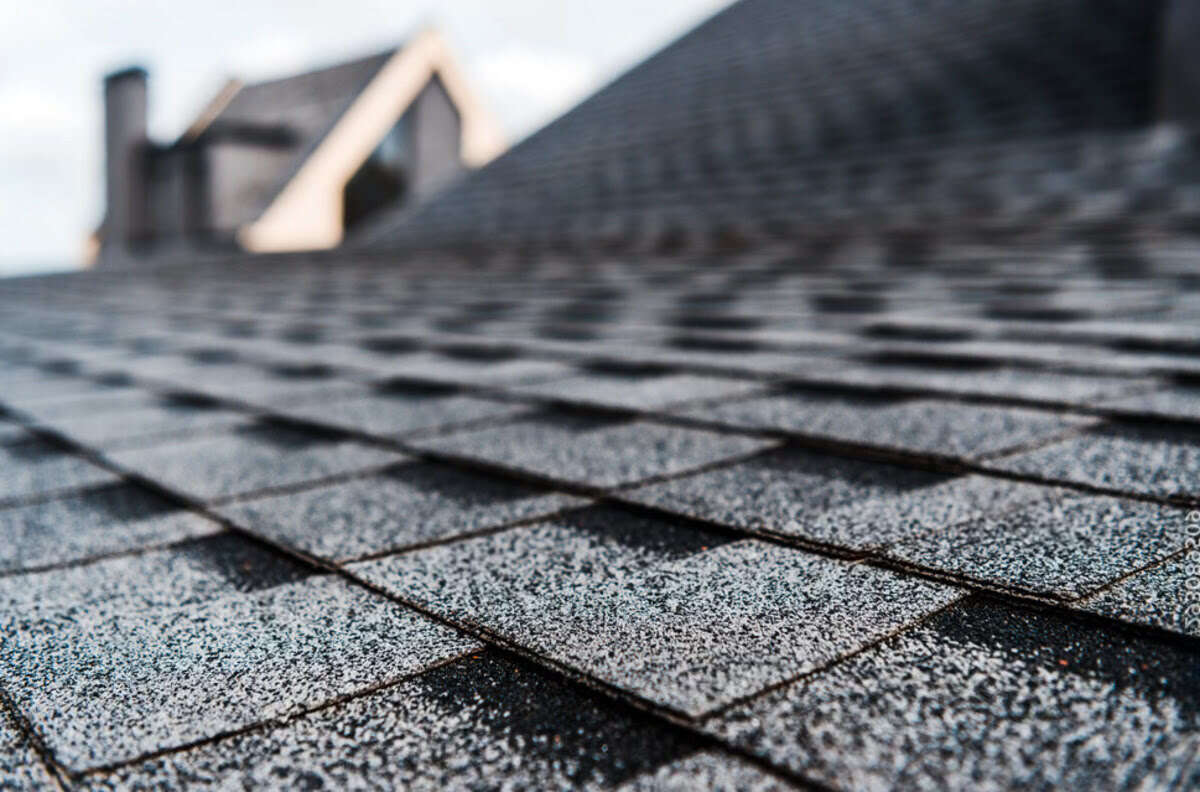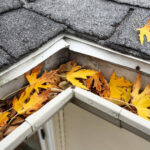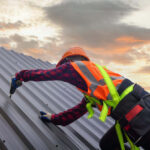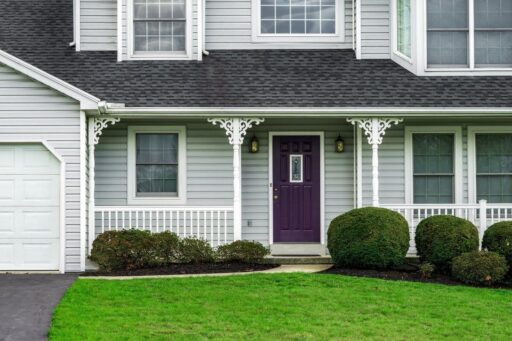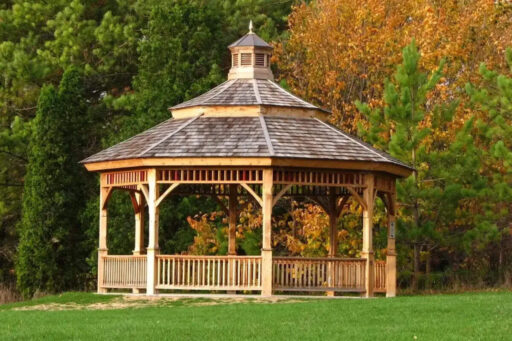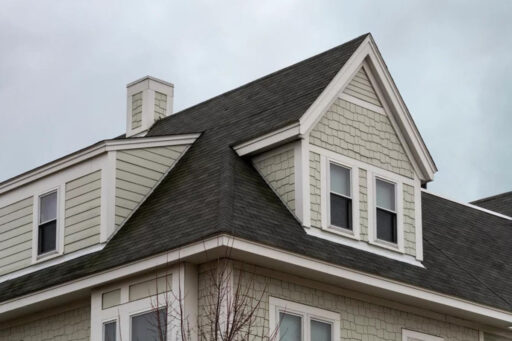When considering the lifespan of a shingle roof, it’s essential to understand both the materials involved and the conditions they face. As homeowners, we often ponder how long does a shingle roof last and how much protection it will provide over the years. The durability of a shingle roof is influenced by many factors, including the type of shingles used, the climate, and how well the roof is maintained. Understanding these elements will help us make informed decisions about roofing investments.
Understanding Shingle Roofs
Shingle roofs are a popular choice for many homeowners due to their affordability, aesthetic appeal, and versatility. Shingles are available in various materials, each offering distinct benefits and drawbacks. The most common types include asphalt, wood, and metal. Each type caters to different preferences and budgets, making it vital to understand their unique characteristics.
Asphalt shingles are perhaps the most prevalent due to their cost-effectiveness and ease of installation. They come in two main varieties: organic and fibreglass. While they provide reliable protection, their lifespan can vary significantly, depending on environmental factors and maintenance. In contrast, wood shingles, often made of cedar, offer a more natural appearance but require regular upkeep to prevent decay.
Metal shingles are known for their durability and longevity. Although they come with a higher initial cost, their lifespan and minimal maintenance requirements can make them a wise investment. Understanding these options will help you choose the best shingle roof type for your home.
Factors Affecting the Lifespan of Shingle Roofs
Several factors can influence how long does a shingle roof last. Environmental conditions, such as exposure to extreme weather or frequent temperature fluctuations, play a significant role in determining a roof’s durability. For instance, Vancouver’s wet climate can accelerate wear and tear on certain shingle types, particularly if proper maintenance is neglected.
The quality of installation also affects the longevity of a shingle roof. Even the best materials can fail prematurely if not installed correctly. Engaging a reputable and experienced roofing contractor ensures that your roof is fitted to withstand the local climate and any potential challenges it may bring.
Regular maintenance is another key factor in prolonging a shingle roof’s lifespan. This includes routine inspections, cleaning, and prompt repairs of any damage. By addressing minor issues before they escalate, you can significantly extend the life of your roof, saving money and stress in the long run.
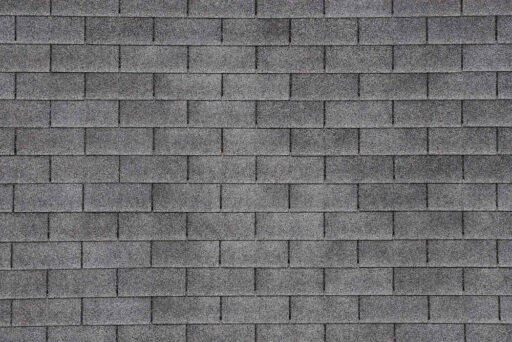
Average Lifespan of Different Types of Shingles
Understanding the average lifespan of various shingle types can help in making an informed decision. Here’s a brief overview:
- Asphalt Shingles: Typically last between 15 and 30 years. Variations in quality and environmental conditions can affect this range.
- Wood Shingles: Generally offer a lifespan of 20 to 25 years, though proper maintenance can extend this to 30 years or more.
- Metal Shingles: Known for their durability, often lasting 40 to 70 years, depending on the material used.
While these figures provide a general idea, it’s important to remember that individual circumstances can lead to variations. Consulting with a roofing expert can provide more tailored advice based on local conditions and your specific needs.
Signs Your Shingle Roof Needs Replacement
Recognizing the signs that your shingle roof needs replacement is crucial for maintaining your home’s integrity. One of the most apparent indicators is the presence of missing, cracked, or curled shingles. These issues can lead to water infiltration, which can cause significant damage if left unaddressed.
Another sign is the presence of granules in your gutters. Asphalt shingles tend to shed granules as they age, reducing their effectiveness in protecting your home. If you notice an accumulation of granules, it may be time to consider a replacement.
Lastly, increased energy bills can also signal a failing roof. As shingles deteriorate, they lose their ability to insulate your home effectively, leading to higher heating and cooling costs. If you’ve noticed unexpected increases in your energy bills, it might be worth investigating the condition of your roof.
Common Myths About Shingle Roof Longevity
Several myths about shingle roof longevity can lead to misconceptions and poor decisions. One common myth is that all shingles have the same lifespan. As we discussed earlier, different materials and environmental factors can significantly impact how long a roof lasts.
Another myth is that regular maintenance is unnecessary. Some homeowners believe that once a roof is installed, it can be left unattended until visible problems arise. This misconception can lead to premature roof failure, as minor issues can go unnoticed and escalate if not promptly addressed.
Lastly, many believe that replacing a roof is only necessary when leaks occur. While leaks are a clear sign of a problem, waiting for them to appear can result in more extensive and costly damage. It’s essential to be proactive in monitoring and maintaining your roof’s condition to prevent such issues.
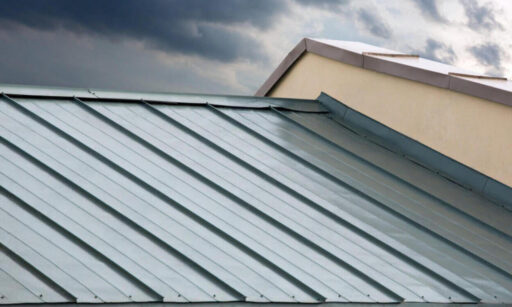
The Impact of Climate on Shingle Roof Durability
Vancouver’s climate can have a significant impact on the durability of shingle roofs. The region’s frequent rain and high humidity levels can contribute to the growth of moss and algae, which can degrade shingles over time. Regular cleaning and treatment can mitigate these effects and extend the life of your roof.
Temperature fluctuations are another climatic factor to consider. In Vancouver, the transition between seasons can cause shingles to expand and contract, leading to potential cracking and other damage. Choosing a shingle type that can withstand these changes will help maintain your roof’s integrity.
Wind and storm events can also pose a threat to shingle roofs. Strong winds can lift and dislodge shingles, while heavy rain can exacerbate existing vulnerabilities. Ensuring your roof is in optimal condition before severe weather strikes can save you from costly repairs in the future.
Cost Considerations for Shingle Roof Replacement
Replacing a shingle roof is a significant investment, and understanding the associated costs is essential for budgeting. The total cost will depend on several factors, including the type of shingles chosen, the size of the roof, and the complexity of the installation process.
Asphalt shingles are generally the most affordable option, with prices ranging from $4 to $7 per square foot. Wood shingles can cost between $8 and $12 per square foot, while metal shingles are priced from $9 to $16 per square foot.
In addition to material costs, labour and disposal fees should be considered. Obtaining multiple quotes from reputable contractors can help ensure you get the best value for your investment. Remember, while choosing the cheapest option may be tempting, prioritizing quality and expertise will pay off in the long run.
Summary
Understanding how long does a shingle roof last and the factors influencing its lifespan is crucial for homeowners in Vancouver. By considering the type of shingles, climate impact, and maintenance requirements, you can make informed decisions that protect your home and investment. If you suspect your shingle roof may need replacement or want to ensure it’s in optimal condition, consider contacting a professional roofing contractor. Their expertise can provide peace of mind, ensuring your home remains safe and secure for years to come.

